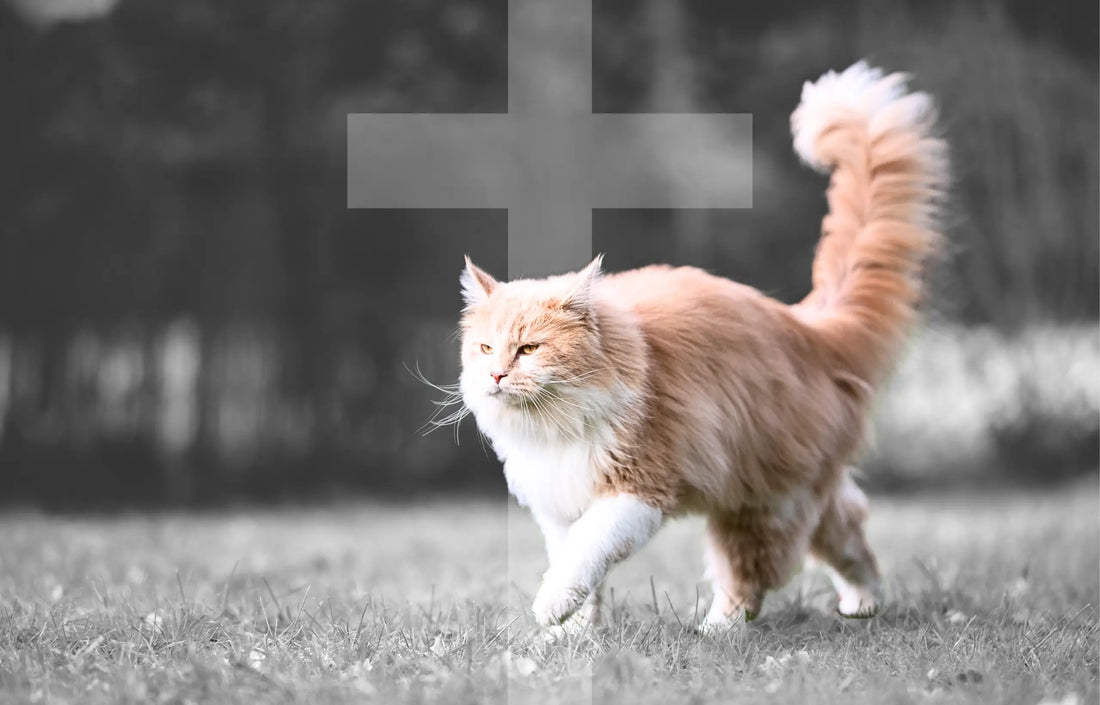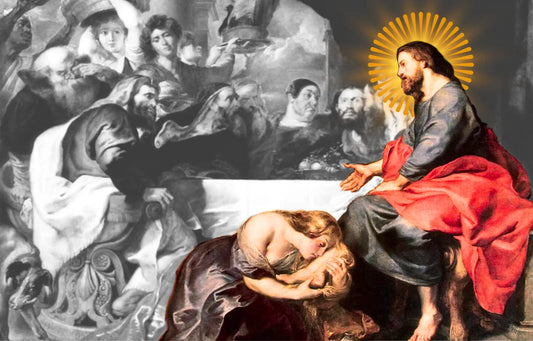Cats are never directly mentioned in the canonical Hebrew or Greek texts of the Bible. Unlike dogs (Proverbs 26:11) or lions (Amos 3:8), domestic cats are absent. However, archaeological evidence shows cats existed in ancient Egypt and Israel by 1500 BCE. Their silence in Scripture reflects cultural differences, not nonexistence.
Are Cats Mentioned in the Bible?
Absence in Canonical Texts — Why Cats Aren’t Named
Cats do not appear explicitly in the canonical texts of the Hebrew Bible or the New Testament. Unlike animals such as lions (e.g., Amos 3:8), dogs (e.g., Proverbs 26:11), or eagles (Isaiah 40:31), the domestic cat is entirely absent by name. The original Hebrew and Greek manuscripts use no words directly identifying cats.
This absence is striking considering cats were known in the ancient Near East. One reason may be the biblical focus on animals significant for agrarian, sacrificial, or symbolic reasons. Cats, often viewed as solitary and less economically valuable, might have escaped textual mention because biblical authors prioritized animals tied to social or religious functions (Walton, Ancient Near Eastern Thought and the Old Testament, 2006).
The Septuagint and Apocrypha: Feline References?
The Greek Septuagint (LXX), an ancient translation of the Hebrew Scriptures from 3rd century BCE, similarly omits references to cats. The Apocryphal texts, often more expansive, also lack direct feline mentions. Some scholars note that the LXX’s animal lists maintain focus on domesticated or symbolically potent species (Collins, Apocalyptic Imagination, 1998).
Archaeological Evidence of Cats in Ancient Israel
Cats were present in the broader region. Archaeology confirms domestic cats lived in Egypt from at least 1500 BCE (Malek, The Cat in Ancient Egypt, 1993). In Israel, cat bones found in Iron Age settlements (circa 1200–586 BCE) suggest their presence alongside humans (Silverman, Zooarchaeology in the Levant, 2007). This archaeological record contrasts with their biblical silence.
Cats in Neighboring Cultures: Egypt, Babylon, Persia
Egyptians worshipped Bastet, the cat goddess, by circa 1000 BCE (Pinch, Egyptian Mythology, 2002). Babylonians and Persians valued cats for rodent control but did not attribute religious symbolism. Biblical authors likely avoided cat references due to cultural boundaries and religious distinctions, especially distancing Israelite faith from Egyptian practices (Smith, The Religion of the Ancient Israelites, 2002).
What Cats Represent in Biblical Context
Silent Presence — Cleanliness, Solitude, and Watchfulness
Though unnamed, the traits commonly associated with cats—independence, vigilance, and quiet observation—echo themes in wisdom literature. Proverbs, for example, values discernment and watchfulness, traits cats embody naturally (Proverbs 6:6-8). Cats’ nocturnal alertness aligns with biblical admonitions to be spiritually vigilant (1 Peter 5:8).
Cats vs Dogs in Biblical Symbolism
Dogs are explicitly mentioned, often negatively, as scavengers or unclean animals (Matthew 7:6; Philippians 3:2). Their frequent mention as metaphor for impurity contrasts with the absence of cats. This disparity likely stems from social attitudes: dogs roamed freely and were less respected, while cats lived more discretely.
Wisdom Literature and the Implicit Traits of Cats
Biblical wisdom books such as Ecclesiastes and Proverbs emphasize qualities like patience and quiet endurance (Ecclesiastes 7:8). These align metaphorically with feline nature. While cats are not directly cited, their symbolic relevance emerges through parallel virtues valued in Scripture.
Cats in Early Christian and Rabbinic Thought
Cats in the Talmud and Rabbinic Writings
Post-biblical Jewish texts, including the Talmud (compiled c. 3rd–5th centuries CE), mention cats sporadically. The Babylonian Talmud discusses cats mostly in practical terms, such as pest control (Pesachim 112a). No theological symbolism is attached, reflecting a pragmatic view rather than sacred significance (Neusner, Talmudic Animal Symbolism, 1981).
Church Fathers and the Lack of Cat Imagery
Early Christian writers—Augustine, Jerome, Origen—omit cats from their symbolic animal catalogues. They favored beasts like the lion for Christ or the serpent for Satan. Cats remained on the sidelines, likely due to their absence in the Hebrew Scriptures and limited cultural importance in early Christianity (Pelikan, The Christian Tradition, 1971).
Desert Fathers and Monastic Views on Animals
Desert monastic literature sometimes references animals symbolically but rarely mentions cats. Monks valued animals like lions for spiritual metaphor (St. Jerome, Letter 22). Cats, being elusive and less conspicuous, had no prominent theological role in early ascetic spirituality.
Cats in Medieval Christian Symbolism
Ambivalence — Cats as Both Good and Evil Omens
By the Middle Ages, cats took on ambivalent symbolism. They appeared as companions but also as familiars linked to witchcraft, especially black cats (Le Goff, Medieval Culture, 1988). This duality reflects medieval superstitions rather than biblical foundations.
Domestic Cats in Monasteries and Iconography
Despite negative superstitions, cats lived in monasteries as rodent controllers. Illuminated manuscripts sometimes depict cats in marginalia, though rarely with explicit symbolic meaning (Caviness, Medieval Art and Animals, 1998).
The Black Cat and Witchcraft in Christian Folklore
The association of black cats with evil arose from folklore, not scripture. This superstition intensified during witch hunts in the 15th–17th centuries, illustrating how cultural layers can obscure biblical truth.
Are Cats Considered Unclean or Evil in the Bible?
Mosaic Law and Clean/Unclean Animal Classifications
The Mosaic Law (Leviticus 11; Deuteronomy 14) lists clean and unclean animals but does not mention cats. This silence has led some to speculate on their status. Because cats do not fit into livestock categories, they likely fell outside these regulations, neither ritually clean nor unclean.
Misconceptions from Later Christian Superstitions
Medieval and early modern Christian attitudes conflated cultural superstitions with biblical authority, unfairly branding cats as sinister. These views contradict biblical theology, which stresses God’s care for all creation (Matthew 6:26).
Cats in Christian Art, Culture, and Modern Theology
Cats in Religious Paintings and Manuscripts
Though rare, cats appear in Renaissance and Baroque religious art as domestic elements, symbolizing home life or vigilance (e.g., Vermeer’s The Love Letter, 1669). They rarely carry explicit spiritual symbolism.
Christian Pet Theology — Do Cats Go to Heaven?
Contemporary Christian theology debates animal afterlife. Writers like C.S. Lewis acknowledged the question but offered no definitive answer (The Problem of Pain, 1940). Modern theologians often emphasize God’s love for all creatures (Psalm 36:6).
Saintly Associations with Cats — St. Gertrude of Nivelles
St. Gertrude of Nivelles (c. 626–659 CE) is sometimes invoked as the patron saint of cats, reflecting Christian acknowledgment of cats’ place in human life. This association is more folkloric than biblical but illustrates evolving Christian attitudes.














